M.S.S.C.A.R. President’s Project 2025/2026

Treasuring the Terrific Turtles of Missouri
This year M.S.S.C.A.R is focusing on conserving our state’s biodiversity by Treasuring the Terrific Turtles of Missouri. Specifically, we are raising funds to donate to the Missouri Conservation Heritage Foundation for the conservation of four turtles: the Western Chicken Turtle, the Yellow Mud Turtle, the Blanding’s Turtle, and finally, the Alligator Snapping Turtle. Three of these are endangered in Missouri, and one is imperiled. Three are also under consideration for federal listing.
The Missouri Conservation Heritage Foundation is a nonprofit 501(c)(3) organization that advances the conservation and appreciation of forest, fish and wildlife resources by applying financial resources to the priorities of the Missouri Department of Conservation in collaboration with donors and other partners. The funds donated by M.S.S.C.A.R. will be allocated specifically for the conservation of these four turtles.
Additionally, we encourage you to help these turtles by cleaning up the watersheds!
The Missouri Conservation Heritage Foundation is the organization that the funds will be donated to specifically for the conservation of the four Missouri turtles. Those funds will be administered by the Missouri Department of Conservation State Herpetologist, Jeff Briggler.
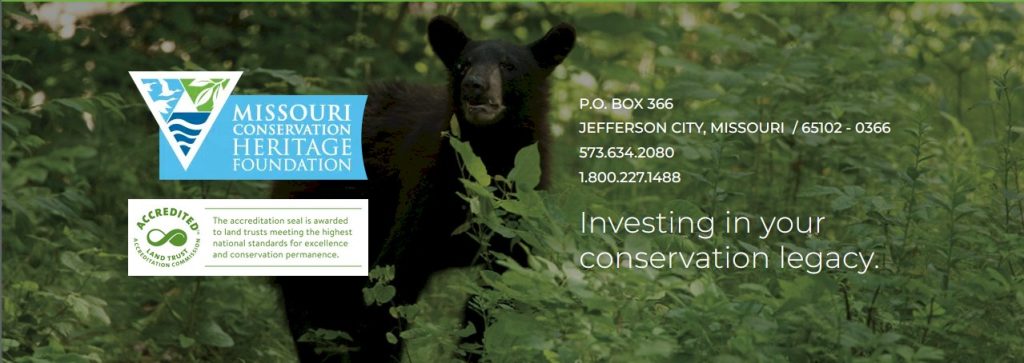

M.S.S.C.A.R. President Teddy Moll’s Presentation to the Fernando de Leyba Chapter, MOSSAR

These are the four turtles:
Western Chicken Turtle
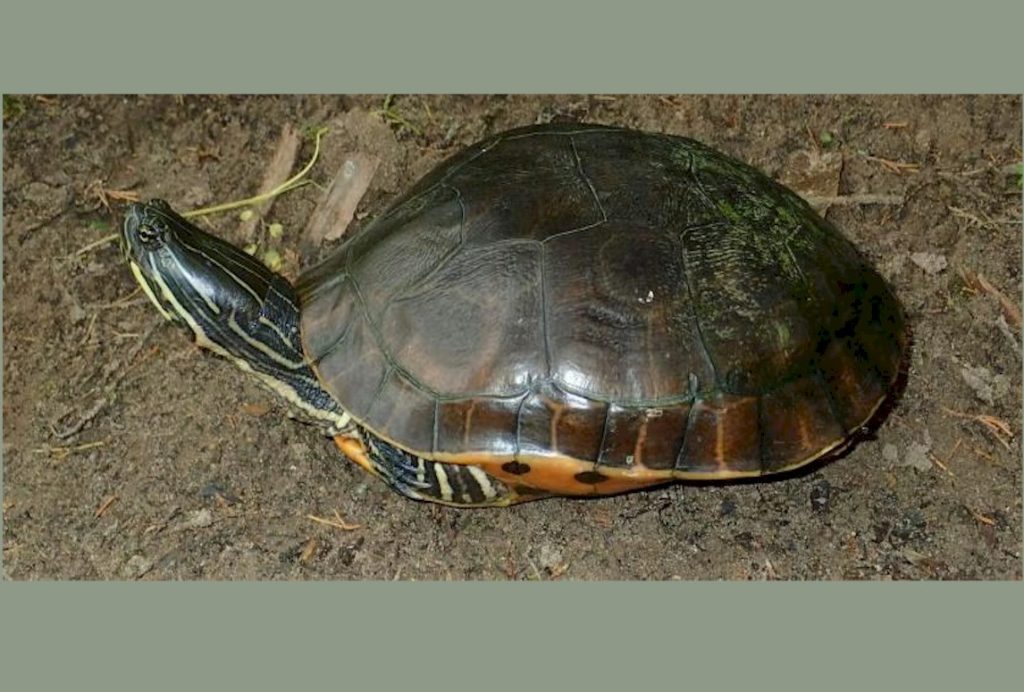
Scientific Name: Deirochelys reticularia miaria
Description: The western chicken turtle is a small to medium-sized turtle with an oval shell and extremely long neck. It is one of the rarest species of turtle in Missouri, occurring only in the Mississippi Lowlands in the extreme southeastern part of the state.
Size: Adult upper shell length: 4 to 6 inches; occasionally to 10 inches.
Yellow Mud Turtle
Scientific Name: Kinosternon flavescens
Description: The yellow mud turtle is a small, uniformly colored turtle of the Great Plains. The chin and throat are normally yellow. The upper shell is somewhat flattened and usually olive brown; note that populations in northeastern Missouri typically have darker shells than those occurring in other parts of the state. The scutes (scales) on the carapace (upper shell) are outlined in dark brown. The plastron (lower shell) is yellow brown; its scutes normally have dark brown margins, too. The limbs and upper parts of the head and neck are olive. The tail of the yellow mud turtle ends in a clawlike, horny tip. Adult males can be distinguished from females by concave plastrons and long, thick tails. As with other members of the musk and mud turtle family, this species gives off an offensive, musky odor when captured.
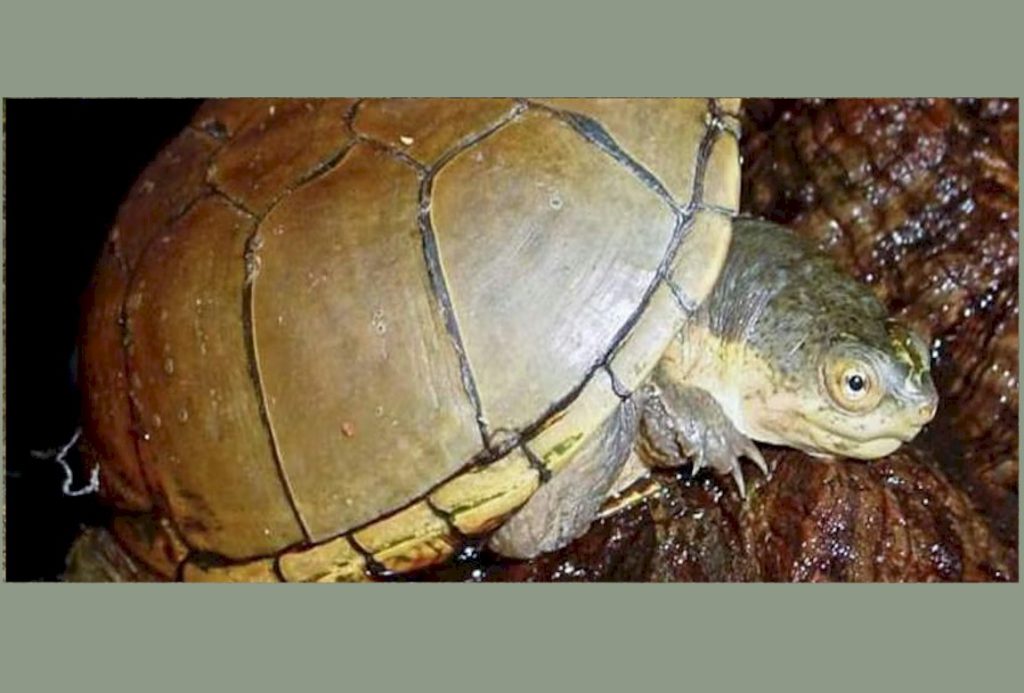
Blandings Turtle
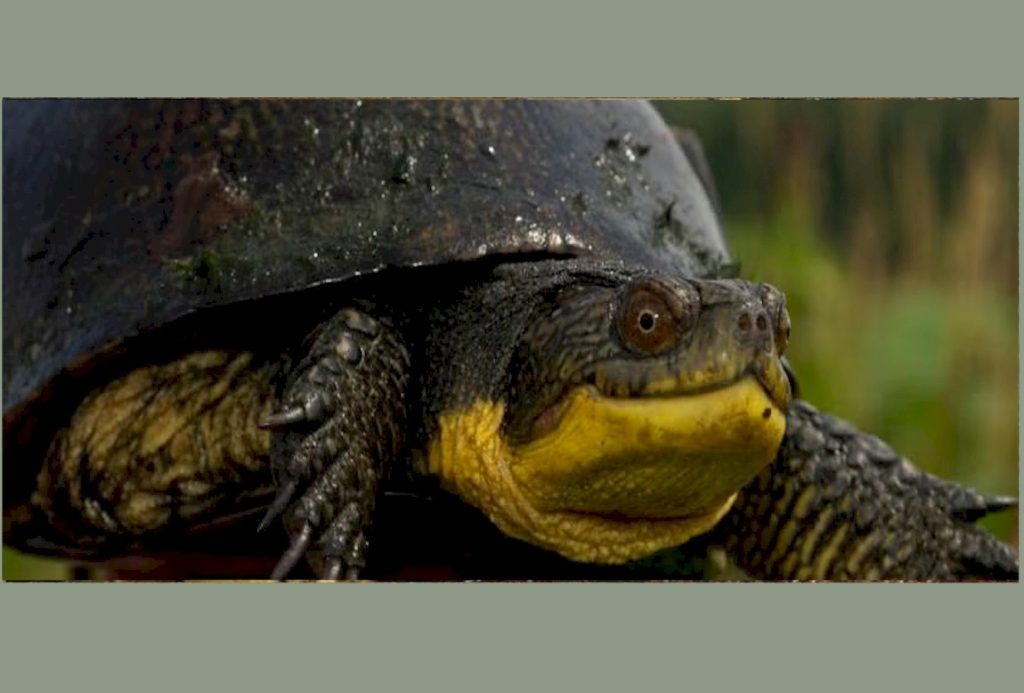
Scientific Name: Emydoidea blandingii
Description: Blanding’s turtle is a medium-sized turtle with an oval, moderately high-domed carapace (upper shell) and a long head and neck. The upper shell is dark brown or black with many yellow spots or bars. The plastron (lower shell) is brown fading to yellow with large brown or black blotches on the outer portions of each scute (shell scale); the forward third of the plastron is hinged and movable. The exposed skin is brown and yellow. The upper jaw may be marked with black pigment in a pattern that resembles a mustache. The underside of the head and neck is bright yellow.
Alligator Snapping Turtle
Scientific Name: Macrochelys temminckii
Description: The alligator snapping turtle is a huge aquatic species with a noticeably large head (as compared to other species of turtles). The carapace (upper shell) has 3 prominent ridges — 1 along the center line and 1 on either side. There is an extra row of scutes (horny scales) on each side of the carapace. The large head terminates in a sharp, strongly hooked beak. The tail is long and muscular, with smooth, round bumps. The skin on the head, neck, and forelimbs has a number of fleshy projections or tubercles. The lower shell (plastron) is relatively small and affords little protection to the animal’s underside. Adults have dark brown heads, limbs, and shells; the skin on the neck and other areas may be yellowish brown. Adults have dark brown heads, limbs, and shells; the skin on the neck and other areas may be yellowish brown.
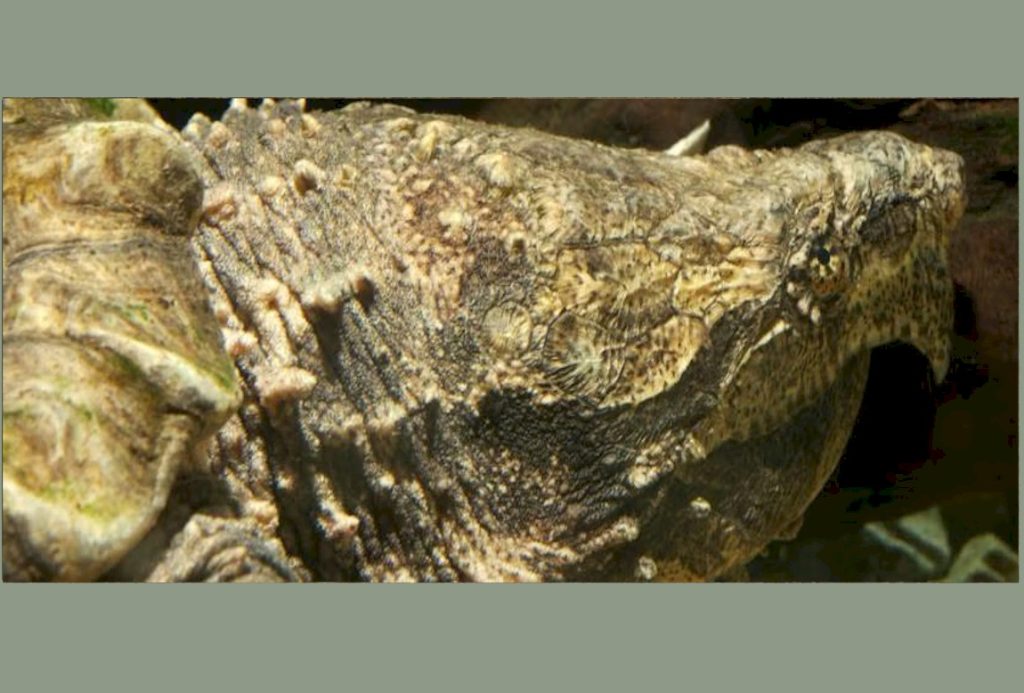
Visit the Missouri Department of Natural Resources Interactive Website that lets you see all the watersheds – big and small – within the State of Missouri
https://modnr.maps.arcgis.com/apps/webappviewer/index.html?id=f64fdeef041e4afda6a125afbd192e8f





Jacquelyn Winston, Senior State President and Teddy Moll, State President
President Teddy Moll also invites you to join the Missouri Stream Team as one way to volunteer to help keep Missouri watersheds clean!


